
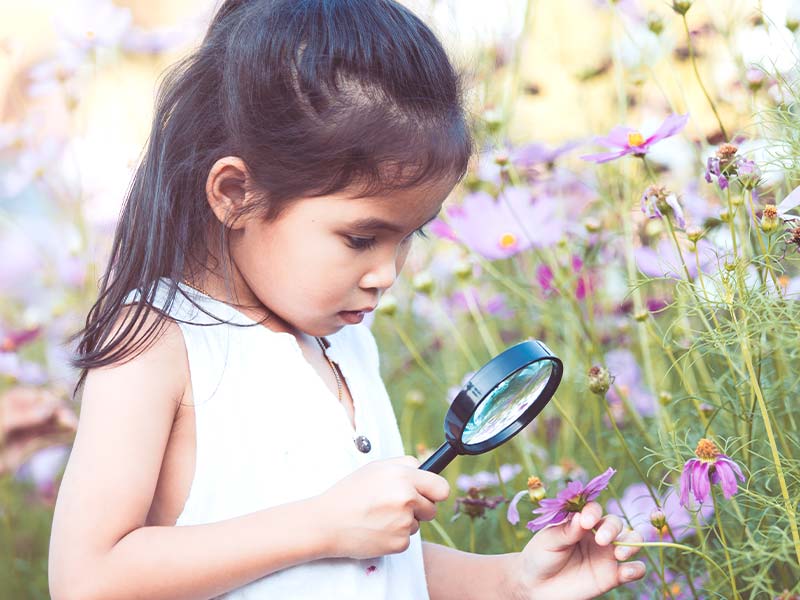
This Earth Day, we’ve come up with some fun ideas to help your kids think about and engage with the world around them.

Go Screen Free-er
For better or worse, screens have become an integral part of our world. With most of our kids in virtual learning mode, for at least part of their school week, it’s even harder to avoid putting them in front of a screen for the better part of their day.
With that in mind, take the day to go as screen-free as possible. Set timers, take advantage of parental controls to set limits, or simply put them away to avoid temptation.
It’s also a great opportunity to discuss how your kids’ energy consumption affects the environment, with the simplest message being more consumption leads to a greater impact.
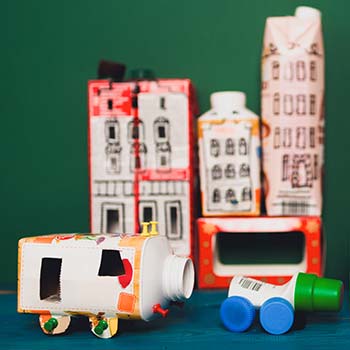
Recycled Art Project
No, I’m not talking about the lovingly crafted art that you’ve quietly slid into recycle bin as part of the fridge-art circle of life. Instead, I’m suggesting you pull art out of the recycling bin.
Instead of digging into fresh drawing or construction paper, inspire the kids to use packaging, old magazines, and scratch paper to create their next college or artistic endeavor. Have them create a scene that represents their neighborhood, the outdoors, or anything else that connects them to the world around them.
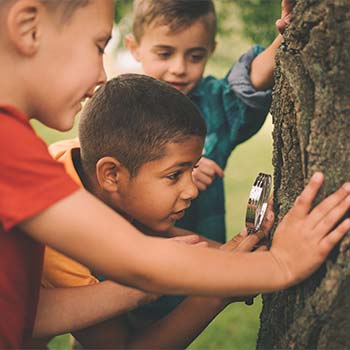
Nature Watching
One bright spot to the pandemic has been an increase in observable birds and small wildlife. Use the internet, or even a real-life book, to help identify all of the birds, bunnies, and squirrels that come into your yard or live around your home. Feeling ambitious? Take the show on the road by heading to a local park or one of our region’s awesome trails.
Did you know squirrels and groundhogs were related? From diet to habitat and nest-building, there is a lot of fun info to be absorbed while sitting quietly outside, enjoying the weather and fresh air.
My kids were amazed at how far migratory birds ranged throughout the seasons. For me, it felt good to be able to stop referring to all small birds as ‘sparrows’.
We also discussed how each animal contributed to the ecosystem as a whole, from birds that eat pest bugs, squirrels burying nuts and tree seeds that can grow if forgotten, to animals who garden by ‘planting’ seeds in their poop. NEWS FLASH! Poop is a pretty popular topic with elementary-age kids.
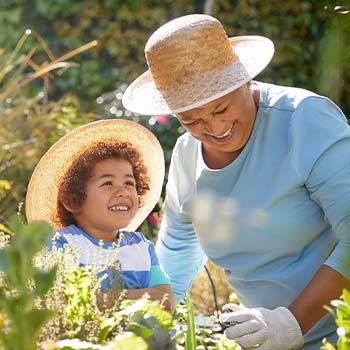
Gardening and yard work
Action creates investment and ownership. Dirt, water, and sun, right? Seems simple.
Help your kids better understand how much effort is put into all of the fruit, veggies, and pretty flowers they see at the store by having them grow some crops of their own.
The best idea is to grow something that they’ll enjoy eating once it’s ready to be harvested. We started with carrots and potatoes since they are easy to grow from start to finish with limited growing space. Carrots can be grown in a tall narrow planter box, and potatoes can be grown in buckets or large planters. If your kids aren’t afraid of greenery, romaine lettuce can also grow fairly well in a relatively small planter.
Weeding is also a great way to better understand how plants grow. Since weeds normally have a negative connotation, it was a nice opportunity to clarify that ‘weeds’ can be any plants we don’t want near other plants, competing for sun, water, nutrients, or real estate. Even pretty flowers can be ‘weeds’ if they are overtaking strawberries or other low-growing crops.
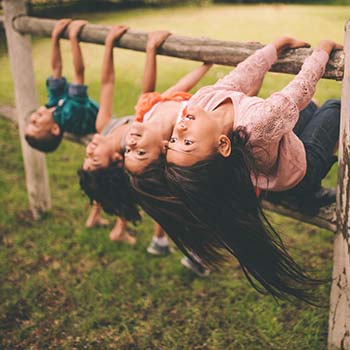
Just play!
Get them outside and play! If they are sporty, take them out for some extra practice. Scoot, bike, or skate, it doesn’t matter, just get them out there and moving!
My kids created a circuit that included a foot race, hitting a ball off a tee, jumping over a series of branches, and then trying to knock over a pair of buckets by kicking a soccer ball at them.
Imagination is encouraged!
Our family has also gone to thrift stores and purchased equipment for a sport we haven’t tried yet, like tennis. Shopping at a not-for-profit thrift store can both support a good cause AND get your kids acquainted with the idea of donating items they no longer use both keeps the items out of landfills and give them another life.
Also, tennis is hard. My seven-year-old kept accidentally launching balls over the fence and out of the court. And laughing hysterically.
Whether it’s with one of our ideas or one of your own, it behooves us all to instill in our kids a connection to the world around them. They will make an impact on their community and environment. With some regular guidance, it can be a positive one.



